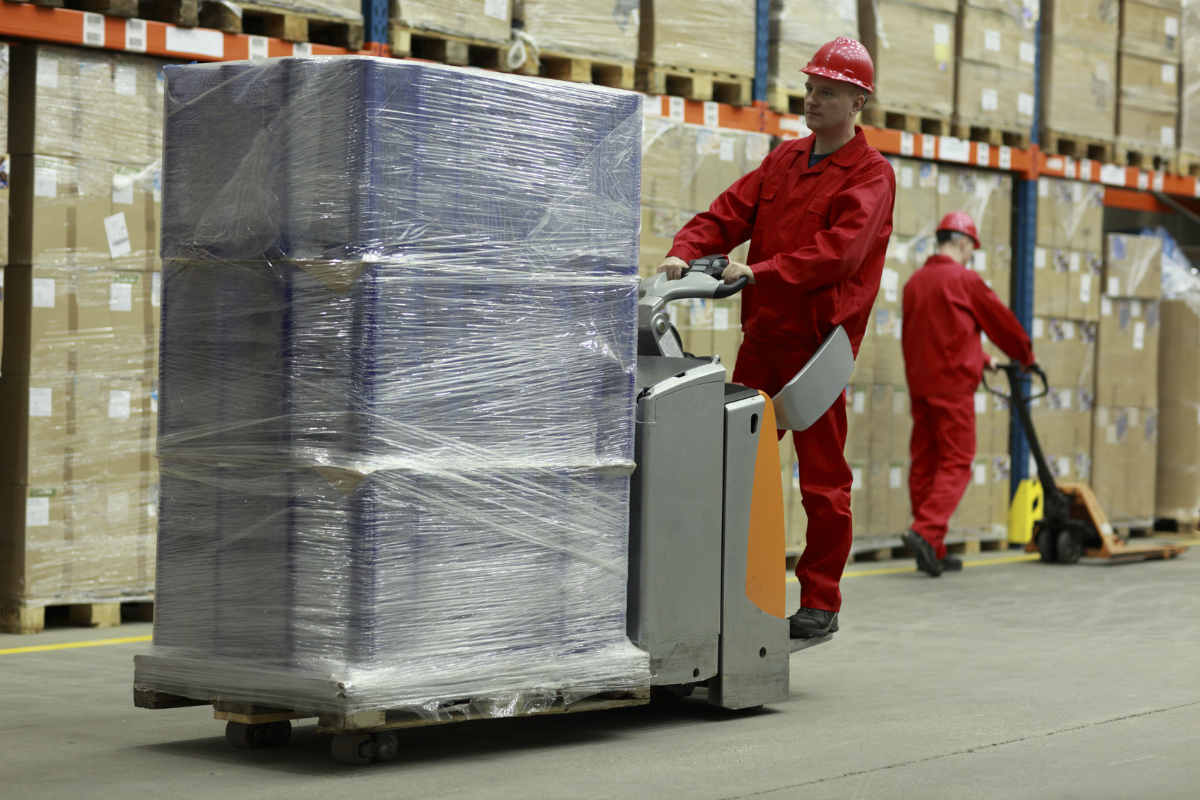Spondylolysis may develop because of sudden trauma, repetitive motion, or regular stress on the spine.
 Spondylolysis or spondylolisthesis are conditions that can occur at any age, affecting nearly 4-6 percent of the American population. Spondylolisthesis occurs when a vertebrae in the lumbar region slips forward and shifts out of its original place. This can put pressure on the spinal cord and cause lower back pain.
Spondylolysis or spondylolisthesis are conditions that can occur at any age, affecting nearly 4-6 percent of the American population. Spondylolisthesis occurs when a vertebrae in the lumbar region slips forward and shifts out of its original place. This can put pressure on the spinal cord and cause lower back pain.
Types of Spondylolisthesis
- Degenerative spondylolisthesis – Caused by general, age-related wear and tear. It occurs when the intervertebral discs becomes weak and are no longer able to hold the vertebrae in place, causing slippage.
- Spondylolytic spondylolisthesis – Caused by a fracture of the pars interarticularis. This causes the vertebrae to slip out of place.
While degenerative spondylolisthesis develops over time, spondylolytic spondylolisthesis occurs due to repetitive stress or motion or sudden trauma that causes fracture to the vertebra.
Occupations with High Risk of Spondylolisthesis
Any worker who has constant stress put on the lower back may be susceptible to spondylolisthesis. (Learn more about collecting work comp for back injuries.) The following types of workers are at high risk:
- construction workers
- painters
- roofers
- gardeners
- warehouse workers
- manufacturing
Symptoms of Spondylolisthesis
There are no clear symptoms of spondylolysis; however, a worker may experience the following:
- pain that worsens when bending backwards
- chronic pain and soreness of the lumbar region or middle lower back
- tingling sensations in the middle lower back
- slowed reflexes
- weakness or pain in the legs
Work-Related Spondylolysis and Treatment
If you have been experiencing lower back pain or any of the above mentioned symptoms, you should immediately consult a doctor. The doctor may order an X-ray of the lower back to check the position of the vertebra. An MRI or CT scan may be needed to find out if the slipped vertebra is pressing on the spinal cord or a nerve.
Treatment depends on the severity of the condition and whether or not the spinal cord or nerves are impacted. Treatment may involve restrictions from physical work that can aggravate the condition. Back braces or anti-inflammatory medications may be used to relieve pain. Physical therapy may help relieve pain and restore normal function. If none of these treatments work, the worker may have to undergo surgery.
Workers’ Compensation Benefits
Treatment for spondylolysis can be long and expensive and the worker may require a long time off work, especially if surgery is required. You may be entitled to workers’ comp benefits if the condition is work-related. If you are having difficulty getting your rightful benefits, consult a St. Louis work injury lawyer. Call The Law Office of James M. Hoffmann at (314) 361-4300 for a free consultation.
Work Related Injuries
Work-Related Injuries
Work Related ACL Injury
Leg Amputation
Finger Amputation
Ankle Injury
Ankle Replacement
Arthroscopic Surgery
Work Related Arthritis
Accidental Asphyxiation
Work Related Asthma
Avulsion Injury
Back Injury at Work
Back Pain from Work
Lower Back Pain at Work
Chronic Back Pain
Head Injury Internal Bleeding
Internal Bleeding after Injury
Blood Related Illness
Broken Bones
Brain Injuries
Traumatic Brain Injury
Bursitis Work Related
Burn Injury at Work
Electric Burn
Chemical Burn
Calcaneus Fracture
Sudden Cardiac Arrest
Cardiovascular Disease
Carpal Tunnel Work Related
Cartilage Injury
Cervical Disc Replacement
Cervical Fusion
Chronic Illness
Work Related Chronic Pain
Work Related Concussion
Contagious Disease
Work Related COPD
Skin Corrosion
CRPS Disease
Crush Injuries
Cubital Tunnel Syndrome
Work Related Death
Degenerative Bone Disease
Degenerative Disc Disease Work Related
Reflex Sympathetic Dystrophy
Work Related Tennis Elbow
Elbow Injury
Epicondylitis at Work
Work Related Eye Injury
Fibromyalgia
Work Related Foot Injuries
Work Related Injuries to the Hand
Hand Arm Vibration Syndrome
Work Related Head Injury
Closed Head Injury
Open Head Injury
Work Related Hearing Loss
Heart Attack Work Related
Stroke at Work
Heat Stroke at Work
Intracerebral Hemorrhage
Hernia Work Related Injury
Work Related Herniated Disc
Hip Fracture
Hip Replacement
Hip Injuries
Intracranial Injury
Broken Jaw
Work Related Knee Injuries
Knee Fracture
Laceration
LCL Injury
Legionnaires Disease
Ligament Tear
Limb Loss
Lumbar Disc Replacement
Lumbar Fusion
Lumbar Spinal Fusion
MCL Tear
MCL Injury
Meniscus Tear
Work Related Mental Illness
Mesothelioma from Work
Work Related Muscle Problems
Work Related Neck Pain
Work Related Neck Injury
Nerve Damage from Work Related Injury
Neurological Disorders
Occupational Disease
Organ Damage
Pain and Suffering from Work Related Injury
Paralysis
Patella Fracture
Pelvic Fracture
Plantar Fascitis
Pre Existing Work Related Injury
Work Related PTSD
Radiation Sickness
Repetitive Stress Injury
Rhabdomyolysis
Rotator Cuff Tear
Rotator Cuff Surgery
Work Related Rotator Cuff Injury
Sciatica Work Related
Shift Work Disorder
Shoulder Fusion
Shoulder Impingement
Shoulder Injury
Work Related Shoulder Pain
Sick Building Syndrome
Skull Fracture
Spinal Cord Injury at Work
Spondylolysis
Sprain at Work
Work Related Repetitive Strain Injury
Work Related Stress
Stress Fracture
Subdural Hematoma
Work Related Tendonitis
Lost Tooth at Work
Trigger Finger Work Related
Vertebroplasty
Vision Impairment
Lost Vision at Work
Work Related Wrist Injuries
